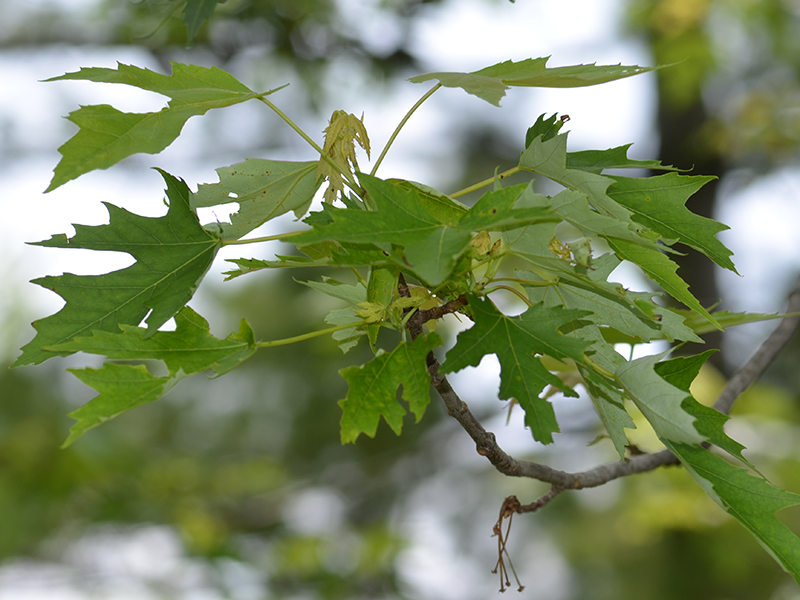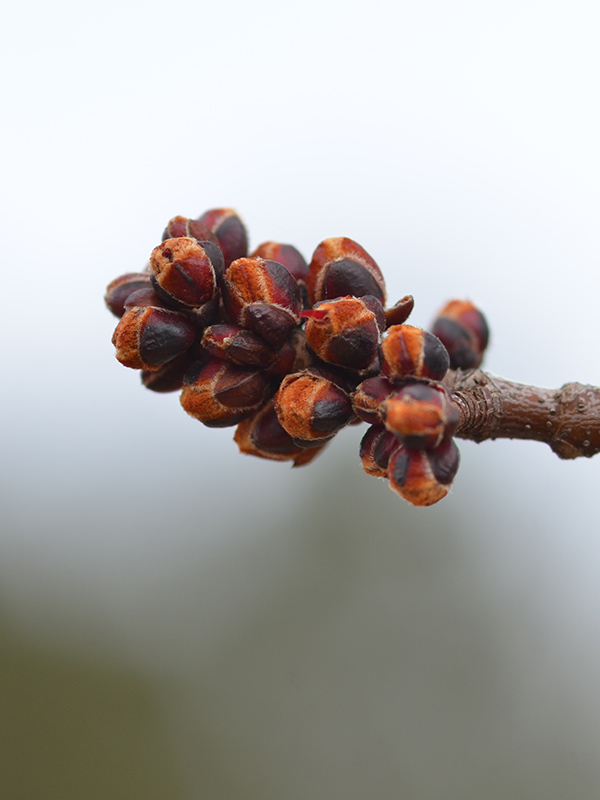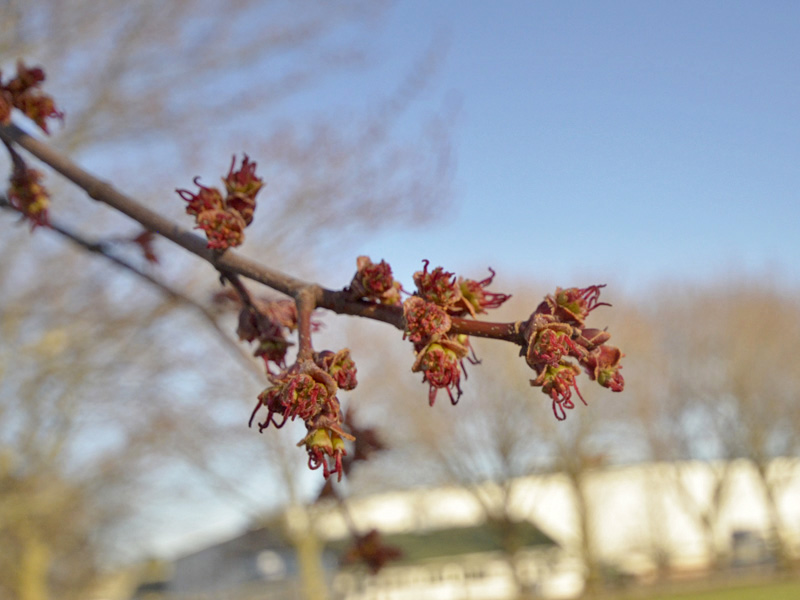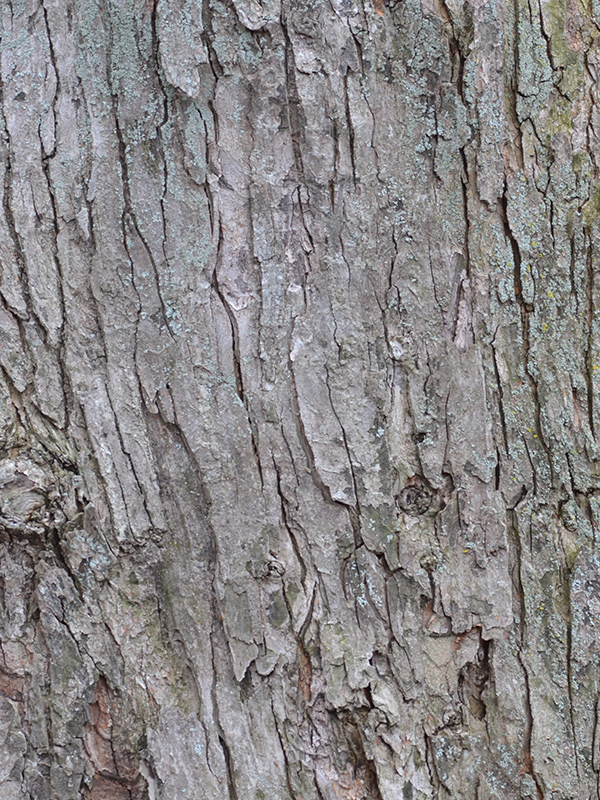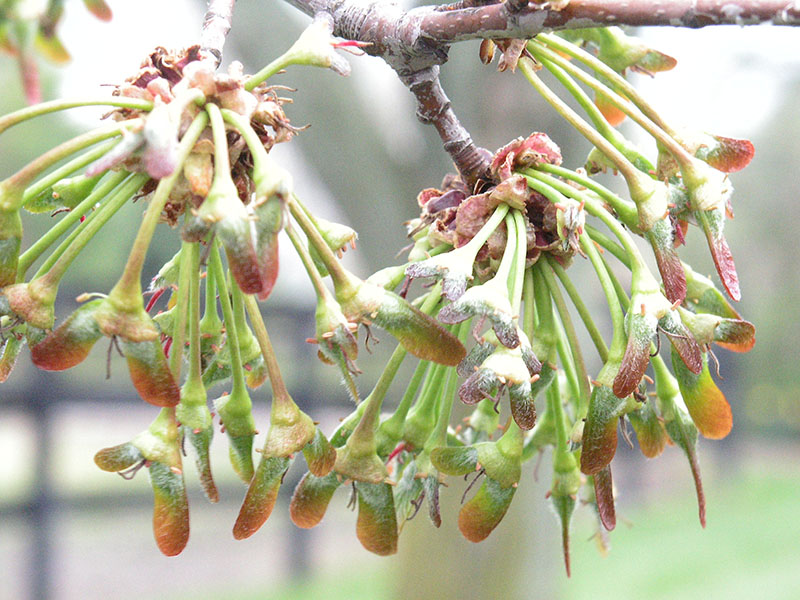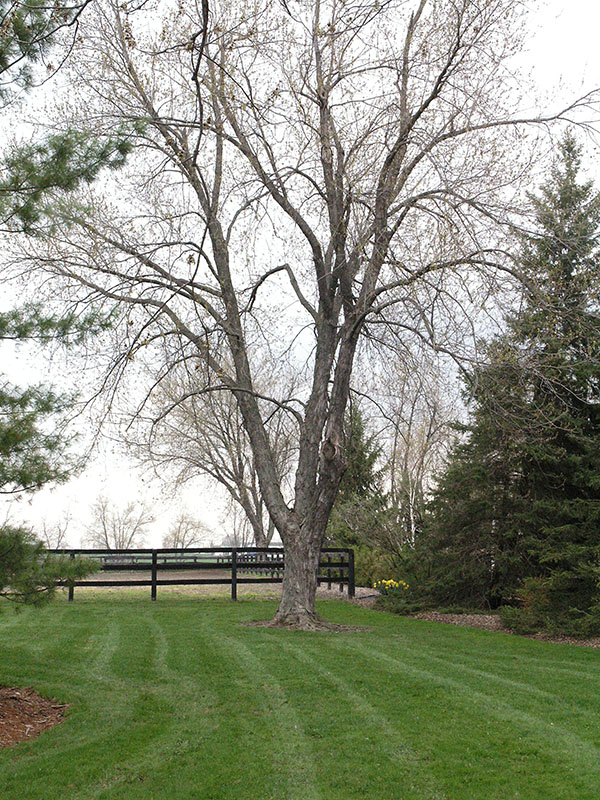| General Description | Maple leaves that are deeply dissected with a silver underside, rough grey bark, and somewhat arching branches. Often a very large tree. This species has been placed on the IUCN Red List as least concern. |
| ID Characteristic | Maple leaves that are deeply dissected with a silver underside and which are generally three lobed. |
| Shape | Upright with spreading branches that can form an oval to rounded crown with pendulous branchlets |
| Landscape | Often used as a street tree as it can withstand dry soil conditions and is fast growing but roots can cause sidewalks to buckle and large branches become a liability as they can break easily. |
| Propagation | Seed has no dormancy and germinates immediately after maturing, softwood cuttings root easily. |
| Cultivation | Tolerant of wide variety of soils but achieves maximum size in moist soils along streams and moist soiled woods. Transplants well. Prefers slightly acid soil.If pruned, remove only small limbs to allow closure of the wounds, summer or late winter pruning is best. |
| Pests | Some maple tar spot but not a problem. |
| Notable Specimens | Throughout Southern Ontario, Canada. The A.M. Cuddy Gardens, Strathroy, Ontario, Canada. |
| Habitat | Woodlands throughout Southern Ontario, Canada, and along edges of fields and streams. |
| Bark/Stem Description | Light grey and smooth when young turning dark grey and rough when old with many large flat plates. |
| Flower/Leaf Bud Description | Small rounded buds, held in threes below the flower buds. The flower buds are also distinct as they are towards the end of the branches and involve large rounded clusters of buds, red in colour. |
| Leaf Description | Leaves to 15 cm across, deeply dissected and usually with five main lobes. Opposite and silvery beneath attached with a petiole to 10 cm long. |
| Flower Description | Small, insignificant, greenish yellow flowers borne in April. |
| Fruit Description | Samara, 1.75-2.5 cm, a maple with one of the largest fruit. |
| Colour Description | A pale yellow mixed with green and the occasional burst of red and orange. |
| Texture Description | Medium to coarse textured tree. |
